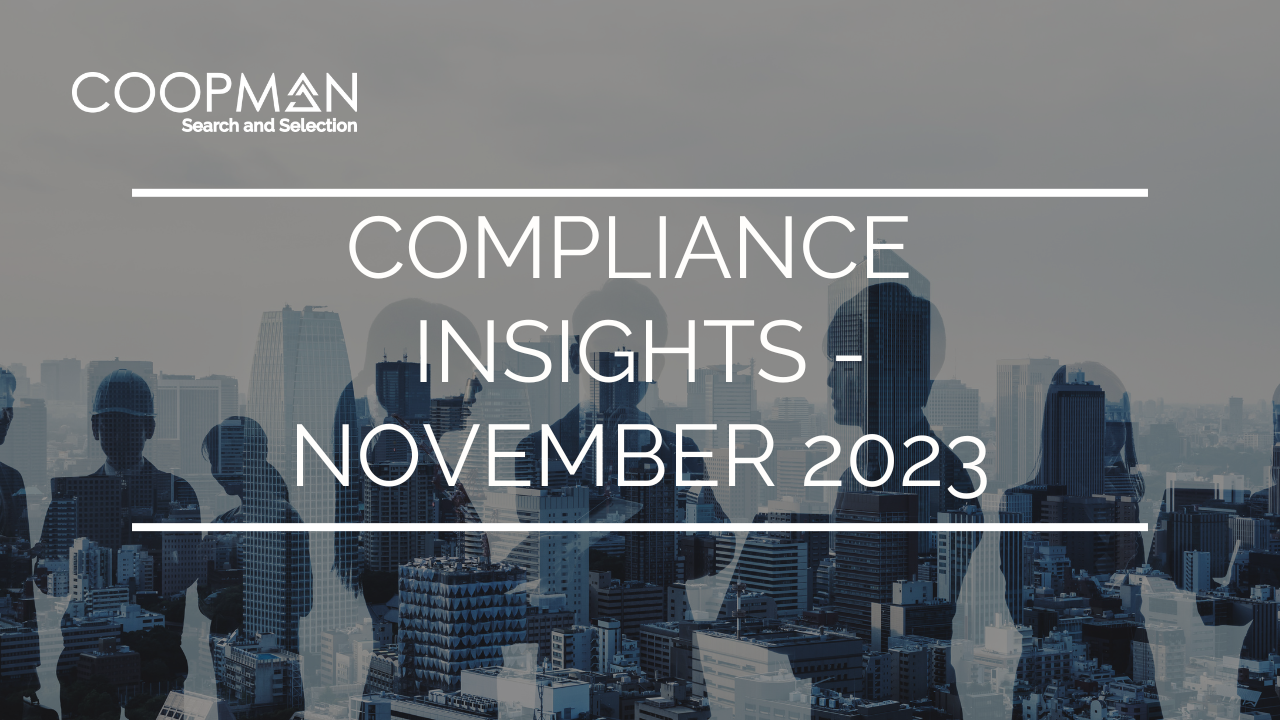In our eighth podcast episode in series 1 of “Conversations With Coopman”, Mike Rogers, Managing Director at Investment Governance Services joins co-hosts Andrew Murphy and William McCoppin to discuss the Task Force on Climate-related Financial Disclosures (TCFD).
Mike is a qualified actuary and investment specialist and after a 30-year career in pensions and investment, he recently set up his firm, Investment Governance Services to provide board and executive services to pension funds and other asset owners. His career has spanned defined benefit and defined contribution plans and he has worked as both an advisor and an in-house pension scheme executive, most recently as Chief Investment Officer for a £35 billion UK pension plan.
In this episode, Mike discusses the upcoming TCFD regulation and why it is coming into effect, what pension funds and asset managers need to do to plan ahead, and the importance of attracting the right resources to ensure pension funds can meet the enormous challenge and opportunity of climate change.
Key takeaways from the conversation include:
1) THE INTRODUCTION OF TCFD
Climate change is the issue of our times. We’ve all seen the headlines: wildfires in California and Australia, flooding in the UK or locust swarms in East Africa. More than ever now, climate change is seen not just as an environmental problem, it’s an economic problem and left unchecked, climate change will cause unprecedented global, economic and financial tensions as parts of the world become unsurvivable and drought forces migration on a scale never seen before.
Pension funds own asset and allocate capital, and where they allocate capital has a huge impact on the global economy. The OECD estimates that globally pension assets amount to $50 trillion – that’s a huge amount of capital and a huge amount of responsibility.
The TCFD was created in 2015 and in 2017, it published its climate-related disclosure recommendations. The aim of these recommendations is to promote better informed decision-making based on transparency and disclosure – that way investors can allocate capital efficiently with a full picture of the associated risks and opportunities. It applies to everyone in the investment chain from asset owners and asset managers right through to the investee companies.
2) PLANNING FOR TCFD
The recommendations are structured around 4 thematic areas: governance; strategy; risk management; and metrics and targets. Disclosing under each of these might require a top-down review of the way that pension fund boards are structured to address climate risk.
The strategy theme is particularly demanding – it requires articulation of risk over the short, medium and long term. Crucially, the use of climate scenarios is encouraged, for example what happens in different climate outcomes, what happens if there is a fast transition, slow or no transition, what are the physical risk exposures versus the transition risk exposures. This is absolutely critical in the proper financial management of the pension fund.
The risk management strand will have a tremendous knock on impact for asset managers. Pension funds will want to know how asset managers identify and assess climate risk and opportunity. That’s in every asset class and fund – not just specialist funds.
Much of this challenge will be pushed to asset managers and the leaders in this area have set themselves up to be able to answer these questions. They will provide the scenarios and work out the implied temperature change. On the stewardship side of their businesses, they will be pushing investees for greater disclosure and climate trajectories.
3) PENSION FUNDS NEED TO ACT
We are heading into possibly the biggest economic transition that the world has ever seen (Covid-19 is a drop in the ocean in comparison). The transition pervades every aspect of life, whether its electrification of transport, energy generation, energy infrastructure such as battery storage, construction or new technologies such as carbon capture, there is virtually no aspect of economic activity that will be left untouched by the climate transition. Even cyber, for example, bitcoin transactions are notoriously carbon intensive due to the amount of computer power needed to process them.
There are a lot of risks and huge opportunities as capital is redeployed and in order to do this well, it needs to be more than just a tick the box exercise. In fact, the nature of the problem is that in needs some “outside the box” thinking and solutions.
Pension funds will probably be forced to get on board by legislation. They in turn will look to their asset managers, in-house teams and advisors. If asset managers and advisors don’t get on board, frankly, they will lose their clients. It has already happened where pension funds choose asset managers with strong climate management credentials over and above others and that trend will continue.
4) A BALANCED POINT OF TRANSPARENCY AND REPORTING
The amount of legislation, regulations and reviews of pension funds is sometimes quite overwhelming with the Pensions Act 2021 set to impose yet more on pension funds. That said though, really all the legislation is doing is setting minimum standards for good governance. On TCFD in particular though, some trustees may feel that they are powerless to act or just don’t know where to start, while others may feel strongly that this isn’t their role.
Pension funds should be encouraged to look to funds that are already doing this and doing it well. For example, the Church of England Pension Fund is a relatively small fund but it punches well above its weight in climate change by resourcing its team effectively. The Brunel Pension Fund (one of the local authority superfunds) has a well-developed climate policy as do a number of the DC master trusts. There is a lot of knowledge out there and it is all publicly available.
5) RESOURCING STRATEGIES FOR PENSION FUNDS
For some pension funds the TCFD reporting will inevitably be a bit of a wake up call and it will no longer be enough to say that they delegate the management of climate risk to their asset managers. They will be required to set their strategy in detail and demonstrate how they hold their asset managers to account and the governance around this.
This isn’t a “set and forget” project. For some funds this may be the catalyst to permanently change their board and executive governance structure. Some may decide that they need hire to fill new climate roles within their teams, either long term or as a special project.
Resourcing this is a real challenge for pension funds, it is a complicated, nebulous problem. If there was a quick fix or easy solution, we’d have done it by now. Climate change represents an enormous risk and opportunity for pension funds so it is worth getting right.
CONCLUSION
Companies need to really start planning how they will approach TCFD regulations now, it may seem like there is plenty of time to put this in place but there are a lot of changes to be made at board and executive level. They should also start thinking about the different climate scenarios early on, for which there is a lot of information publicly available. And finally, it is important to focus on risk metrics and targets, which can be a complicated process when it comes to pulling together a lot of data from different sources and aggregating it. However, they will define how companies manage climate risk for the next 10 years or so, and therefore need to be sensible and also influential.
Listen to “Preparing for TCFD With Mike Rogers” on Spotify, Apple or Anchor now, or sign-up to receive the latest podcast episodes straight to your inbox.
If you are interested in taking part in the podcast series, send your details to connect@coopman.ie and we will be in contact soon.








